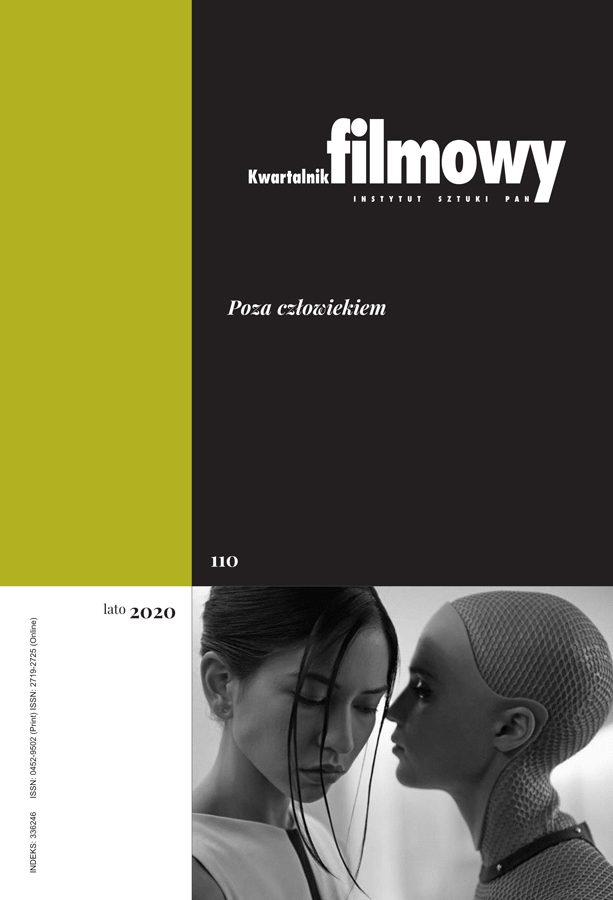No Figures in the Landscape: Post-Anthropocentric Typologies of Architectural Settings in Science-Fiction Films
No Figures in the Landscape: Post-Anthropocentric Typologies of Architectural Settings in Science-Fiction Films
Author(s): Maciej StasiowskiSubject(s): Fine Arts / Performing Arts, Photography, Architecture, Visual Arts, Film / Cinema / Cinematography
Published by: Instytut Sztuki Polskiej Akademii Nauk
Keywords: architecture;typology;film;science fiction;post-Anthropocene
Summary/Abstract: In the ascending age of automation factories, storage facilities, and server farms, intelligent buildings are becoming less dependent on human maintenance. These new and updated architectural forms do not comply with traditional typologies. From the Vitruvian Man to Modulor, our bodies were the measure of most constructions. Yet automation renders new constructions incompatible with patterns of human habitation. This article focuses on the iconography of buildings designed to operate with little to none human interaction, providing an insight into how such settings influenced recent (last decade) science-fiction films like "Blade Runner 2049" (dir. Denis Villeneuve, 2017), "Captive State" (dir. Rupert Wyatt, 2019), "I Am Mother" (dir. Grant Sputore, 2019), or "Transcendence" (dir. Wally Pfister, 2014). In each of them, artificial intelligence is an intrinsic composite of the environment, terraforming a post-anthropocentric reality of data centres, automated warehouses and drosscapes.
Journal: Kwartalnik Filmowy
- Issue Year: 2020
- Issue No: 110
- Page Range: 24-45
- Page Count: 20
- Language: English

